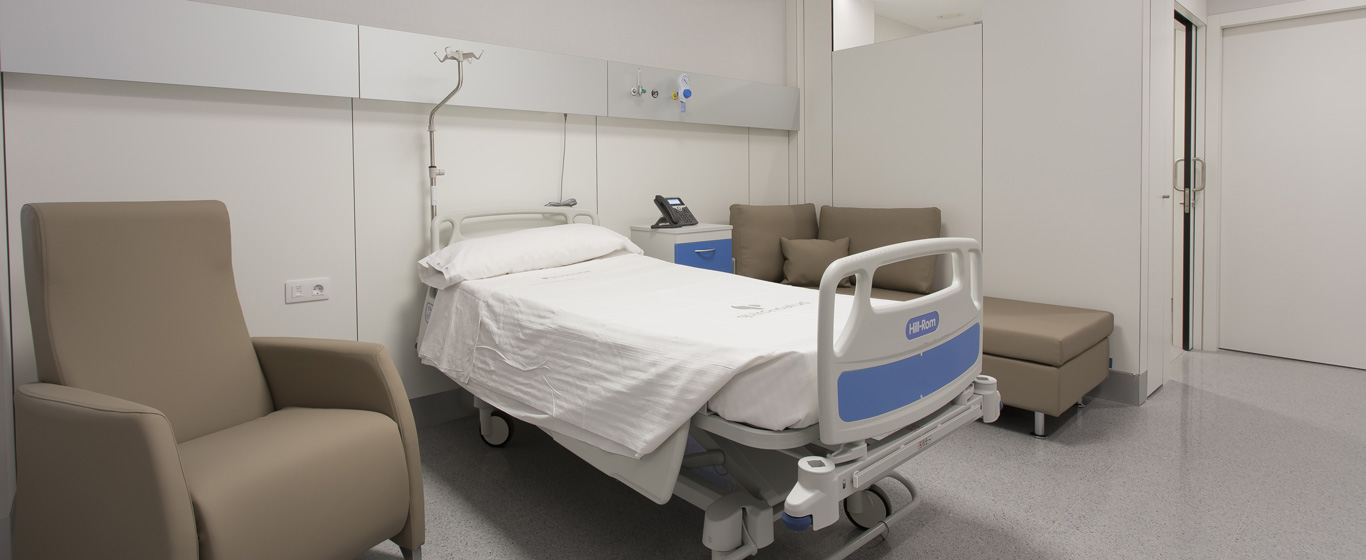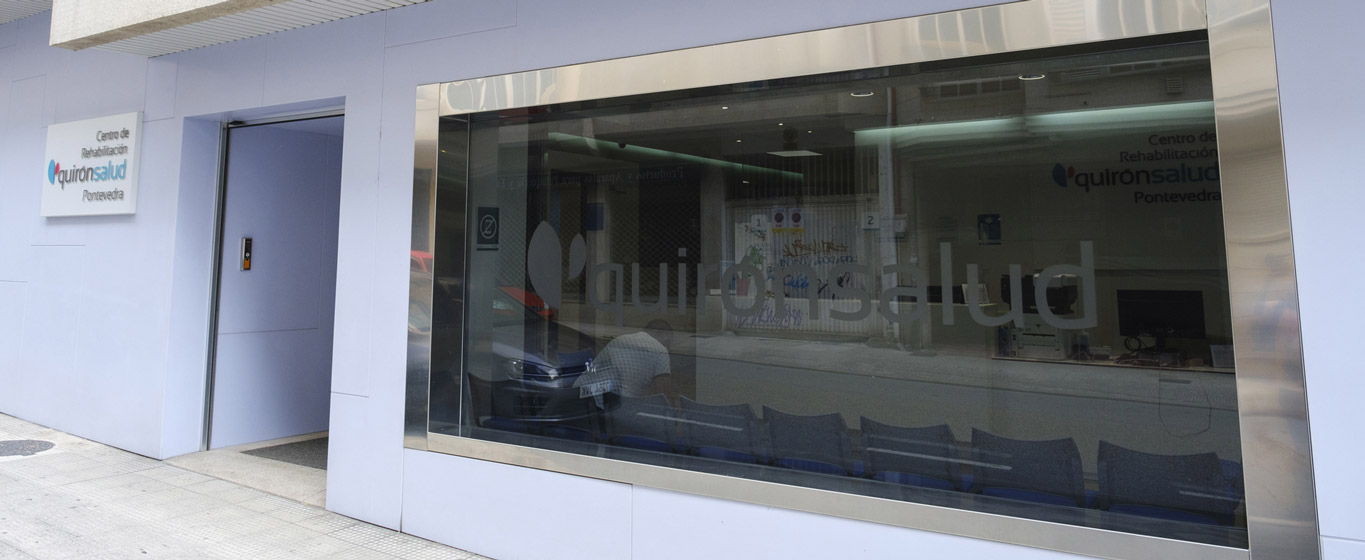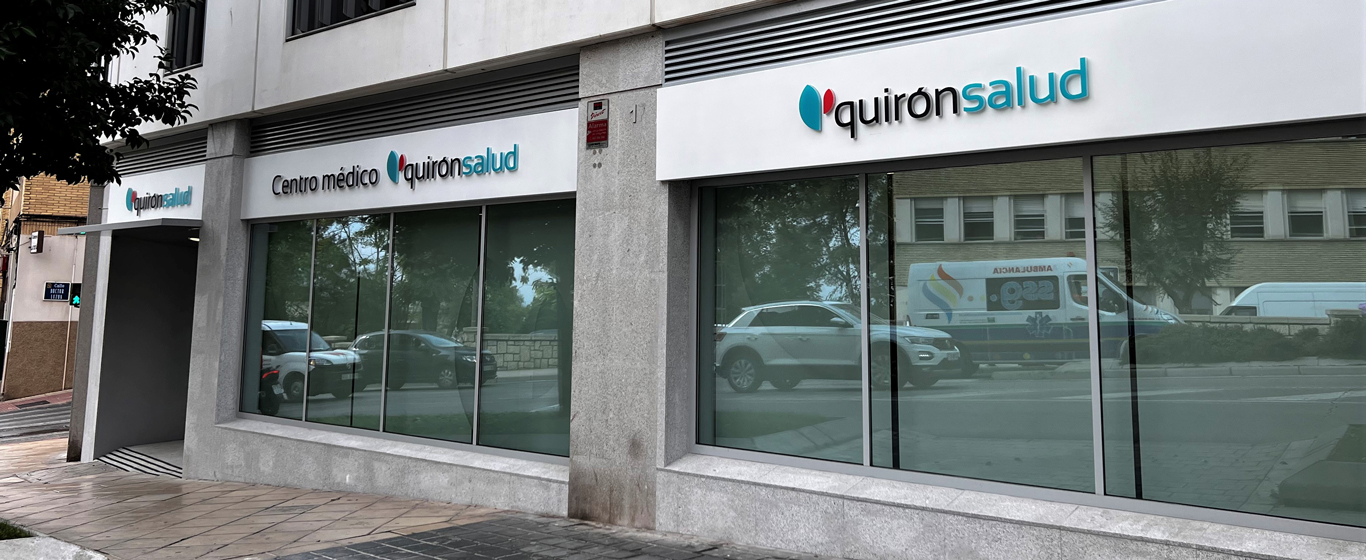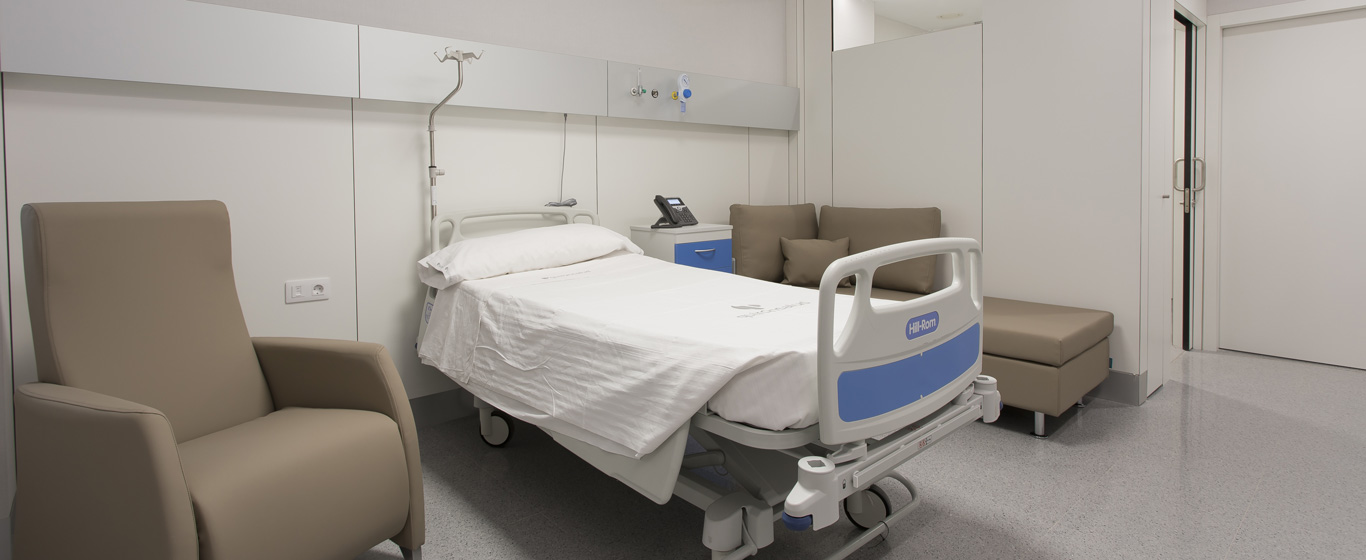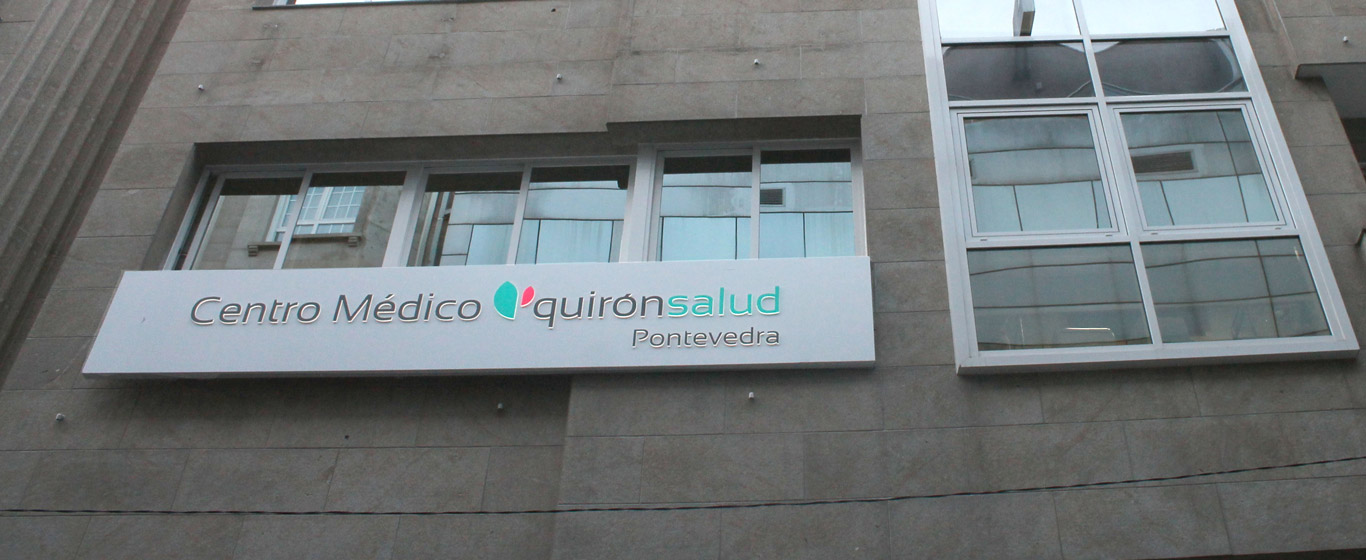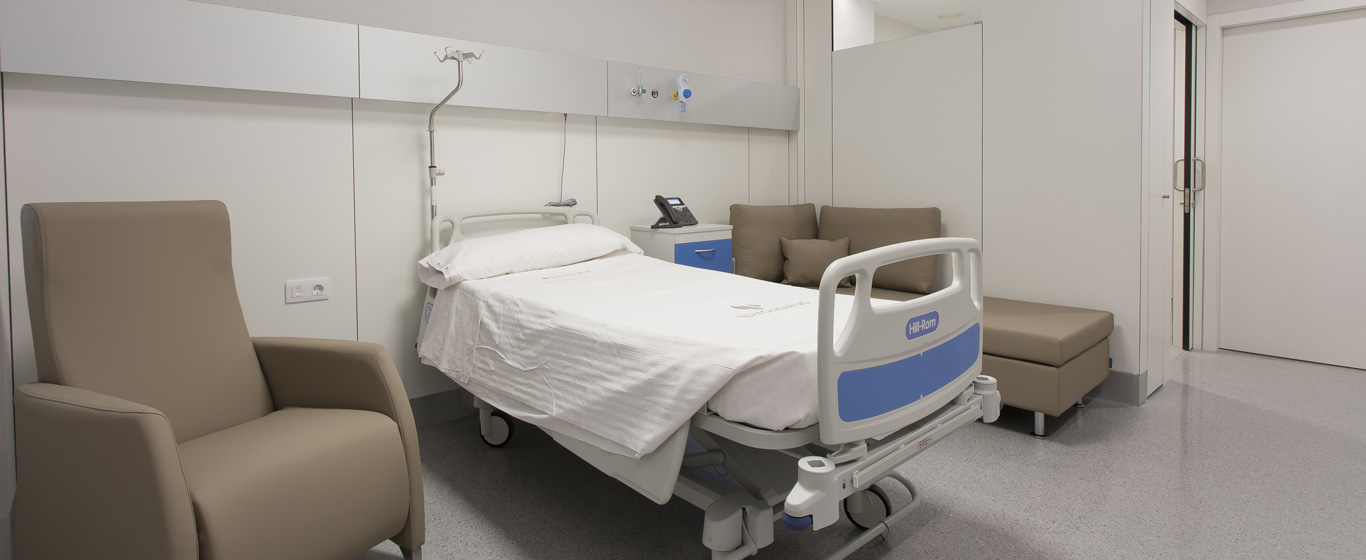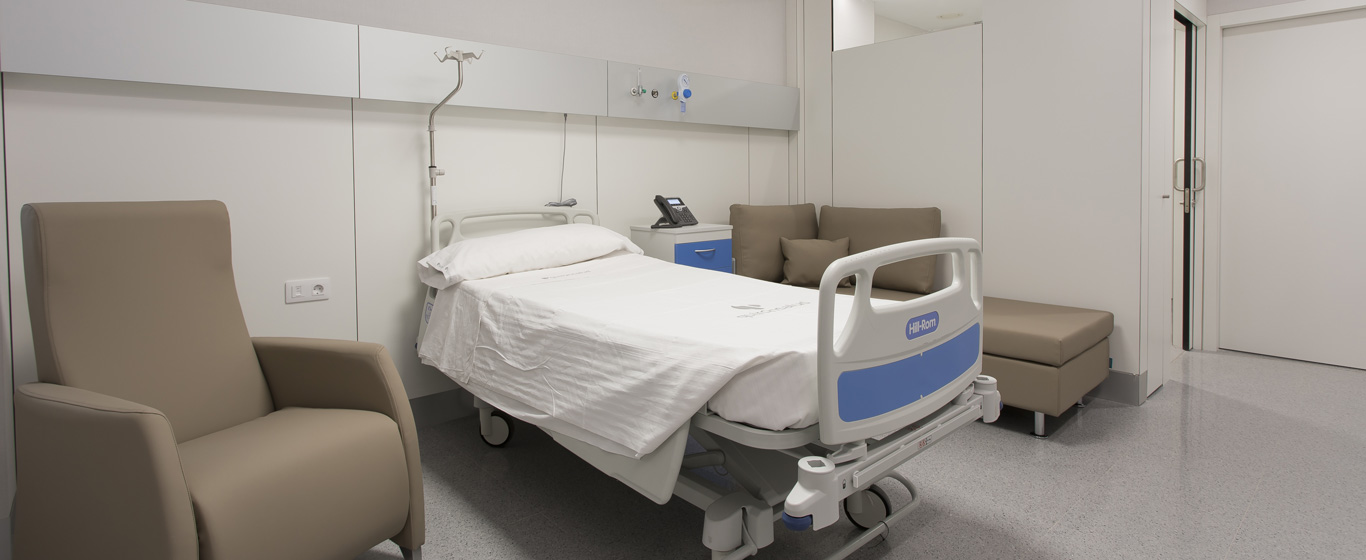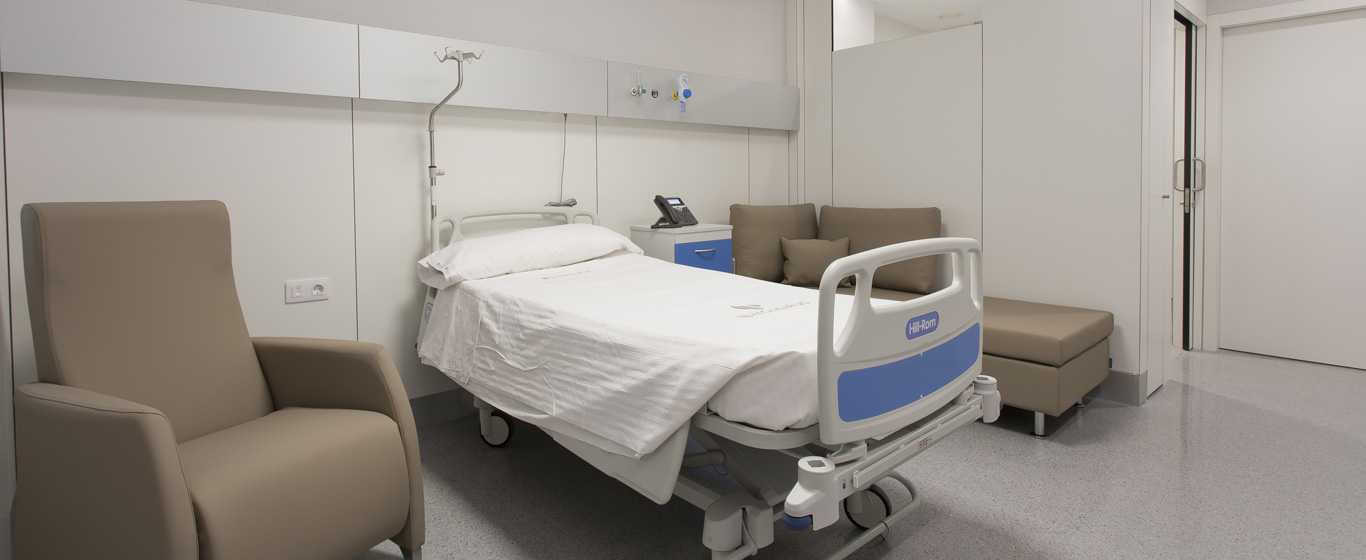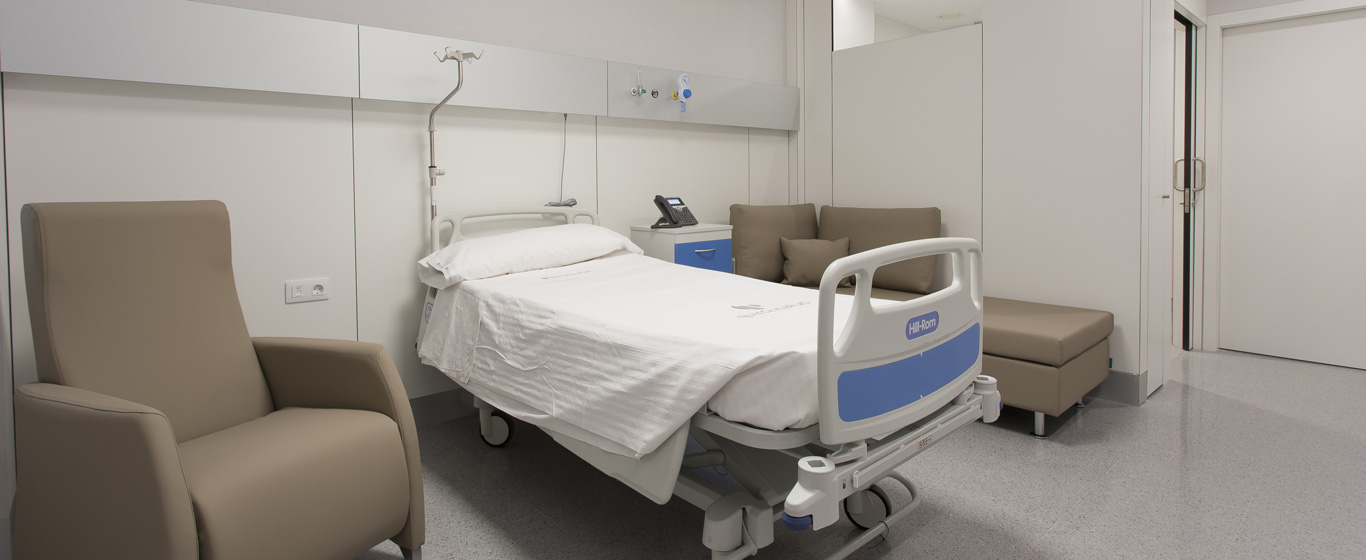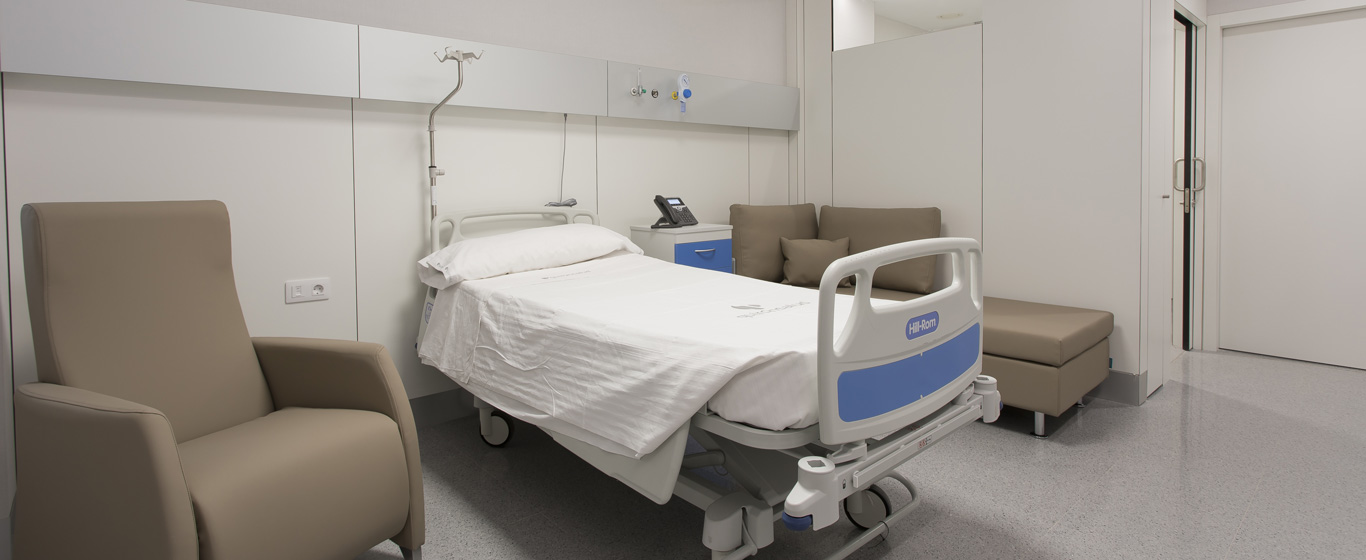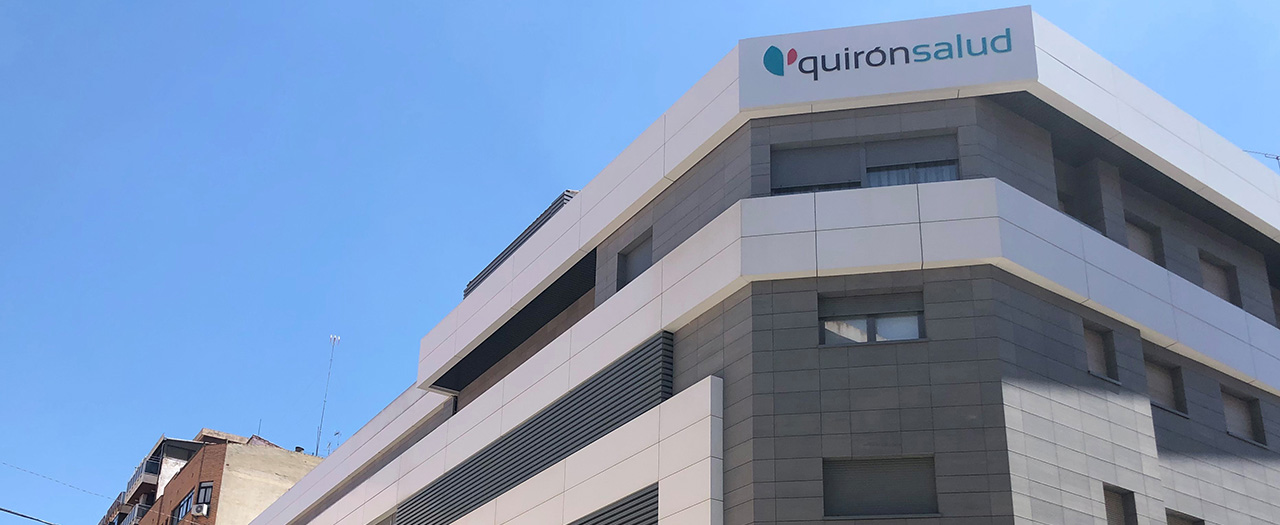Cervicalgia
What causes neck pain? Everything you need to know about cervicalgia: causes, symptoms, and treatment.
Symptoms and Causes
Cervicalgia refers to neck pain, which manifests in the posterior and lateral regions of the neck, extending from the base of the skull to the shoulders (cervical vertebrae area). In some cases, it can radiate to the arms (cervicobrachialgia), head, or back.
Neck pain results from abnormalities in both soft tissues (muscles, ligaments, intervertebral discs, and nerves) and the vertebrae and their joints. It is a very common condition due to the high flexibility and mobility of this area, making it more prone to injuries.
Depending on its origin, cervicalgia can be classified into the following types:
- Mechanical cervicalgia: Caused by muscle spasms.
- Acute cervicalgia or torticollis: Sudden, intense, and limiting pain lasting less than six weeks.
- Subacute cervicalgia: Moderate, slow-developing pain that may persist for weeks or months.
- Chronic cervicalgia: Moderate and persistent pain lasting more than three months.
- Post-traumatic cervicalgia or whiplash: Caused by a sudden flexion-extension motion of the neck.
- Degenerative cervicalgia: Resulting from the wear and tear of cervical vertebrae and surrounding structures.
Symptoms
The main symptoms of cervicalgia include:
- Neck pain.
- Stiffness and limited mobility.
- Headaches.
- Dizziness and vertigo.
- Tingling or prickling sensations in the arms and hands.
Causes
The most common causes of neck pain are soft tissue injuries, including:
- Muscle strain due to overuse, excessive physical effort, or prolonged poor posture.
- Radiculopathies or nerve impingements: compression of cervical nerve roots.
- Myelopathies: spinal cord injuries.
- Ligament injuries.
- Jaw misalignment or bruxism: may cause neck muscle tension and cervical joint blockage.
Cervicalgia can also result from cervical dislocations or fractures. "Whiplash" can occur due to any sudden trauma that forces the neck into flexion, extension, or rotation, such as falls, rear-end collisions, or traffic accidents. Cervical vertebra degeneration can be caused by underlying conditions such as osteoarthritis, arthritis, spondylitis, or herniated discs. In rare cases, cervicalgia may be due to inflammatory infections, bone or spinal tumors, or arterial dissection in the neck.
Risk Factors
Several factors increase the risk of developing cervicalgia:
- Age: Most common between ages 35 and 50.
- Gender: More frequent in women.
- Occupation: Jobs requiring prolonged poor posture, such as driving or computer work.
- Sedentary lifestyle: Lack of physical activity weakens muscles that support proper posture.
- Contact sports: Increased risk of trauma.
- Cycling: The riding position can put excessive strain on the neck.
- Emotional stress: Prolonged stress causes muscle tension.
- Improper rest: Using mattresses or pillows that do not provide adequate support.
- History of neck pain.
- Presence of lower back pain.
Complications
Besides the risk of becoming chronic and causing persistent pain with disabling mobility limitations, cervicalgia can also radiate to other parts of the body, leading to ear pain, vision problems, and upper limb immobility. Although uncommon, the most dangerous complication of cervicalgia is when it is a symptom of a serious underlying condition, such as meningitis, a spinal tumor, or a myocardial infarction. If not diagnosed in time, these conditions can be life-threatening.
Prevention
Several measures can help prevent cervicalgia:
- Maintain proper posture, especially while sleeping or sitting at a desk: keep the back and neck straight, following the spine’s natural curvature.
- If holding the same neck position for prolonged periods, perform stretches and exercises every two hours to relieve tension.
- Engage in regular exercise to strengthen muscles.
- Avoid carrying overly heavy bags or backpacks.
- Manage stress through relaxation techniques.
Which Doctor Treats Cervicalgia?
Cervicalgia is evaluated and treated by specialists in traumatology, anesthesiology, orthopedic surgery, neurosurgery, and pain management units.
Diagnosis
To confirm cervicalgia, several tests may be required:
- Clinical examination: Includes an assessment of posture, mobility, and painful areas, as well as an evaluation of nerve and muscle function to detect signs of nerve or spinal cord compression (weakness, abnormal reflexes, sensory loss, or incontinence).
- X-ray: Can reveal vertebral abnormalities.
- CT scan: Provides clearer images of bone structures if X-rays are inconclusive.
- MRI: Used to assess nervous system dysfunction, allowing visualization of discs, nerves, and soft tissues to detect underlying lesions.
- Electromyography (EMG) or nerve conduction studies: Measure electrical signals in muscles and nerves to identify potential functional damage.
Treatment
The goal of cervicalgia treatment is to relieve or eliminate pain, improve neck mobility and strength, and prevent recurrence. Available treatments depend on the underlying cause and severity of pain:
- Medications: Pain relievers, anti-inflammatory drugs, or muscle relaxants.
- Neck collar: Used for immobilization if necessary, but not recommended for more than 48 hours.
- Physical therapy: Massage and targeted exercises help relax muscles, improve mobility, and relieve pain.
For chronic pain or underlying conditions, specific pain therapies may be used:
- Epidural injection: Particularly for spinal stenosis, involving medication injection into the epidural space.
- Selective nerve root block: Used for radiculopathies, injecting a local anesthetic into the affected nerve root to block pain signals.
- Radiofrequency therapy: Uses electrodes to apply radio waves that relax pain-transmitting nerves.
- Ozone therapy: Recommended for spinal stenosis, cervical osteoarthritis, or herniated discs. Ozone is injected through different routes (subcutaneous, intradiscal, or intramuscular) to reduce inflammation, relieve pain, promote tissue regeneration, and improve oxygenation.
- Transcutaneous electrical stimulation: Reduces pain by applying electrical currents to the skin.
- Transcutaneous iontophoresis: Uses low-intensity currents to deliver ionized medications through the skin.
- Surgery: Considered when spinal stenosis or a herniated disc does not improve with other treatments. Surgical options include removing damaged discs, fusing affected vertebrae, or relieving spinal cord and nerve root pressure. Surgery may also be required for spinal stabilization after fractures or dislocations.







